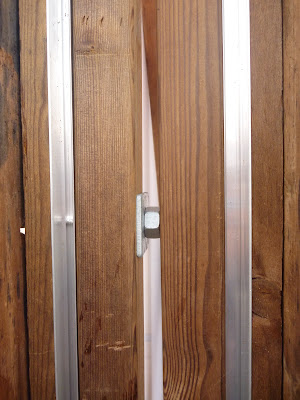Thursday, 27 September 2012
Thursday, 20 September 2012
FACEBOOK 101
Yesterday, this blog's Facebook page reached 101 likes! As you can see, 92 of them are friends of mine, most of whom were probably invited by yours truly. Still, I think this is fun. I joined Facebook in 2006, and I use it almost every day to connect with friends and co-workers, learning new things, and finding out about real-life events. In this way, the "social network"actually works almost like a well-connected city, with more or less rounded blocks of homes, stores, offices, restaurants and cultural scenes.
In this amazing map of Facebook friendships made by Paul Butler, you can see how large parts of the world are interconnected using this powerful network. I, for one, com from Norway, but have connections going to such far-off places as Kenya, Colombia, South Africa and Bangladesh. Read more about how the map was made in this short and interesting article.
Finally, a picture of a well-connected city, for comparison. Bologna in 1640:
May both the world and its cities become increasingly interconnected in the years to come!
Monday, 10 September 2012
THE BOATHOUSE
Earlier this summer, I was at the opening of a new cultural scene in Oslo, called Naustet, which means "The Boathouse". Inspired by traditional Norwegian boathouses and built directly above the water in the new waterside neighbourhood Bjørvika, this little gem was designed and built by students from Norway's three architecture schools, in the joint workshop called Trestykker.
"Tre" means both "three" (as in three architecture schools) and "wood" (as in made from) in Norwegian, and the whole thing is sponsored by different companies within the wood industry in Norway, including free materials.
The doors, back wall and wooden floors both inside and on the outside, are made from the excellent material Kebony, which has many of the same properties of tropical wood, but is made from local trees such as pine and maple, combined with leftovers from sugar factories.
The walls are clad in polycarbonate panels, which are partially opaque, depending if the sunshine is direct of filtered through clouds. Before sunset, the walls seem to be glowing.
The building stands in stark contrast to the other buildings of Bjørvika. While the rest are mostly glasshouses in a vulgar, petroleum-driven architectural language, who turn their back in the rest of the city, the Boathouse is a human-scale construction, made of wood, and talking to the city, actually turning its back on the water. In my opinion, this very last quality is also the best, and very brave, in a city that is forgetting what it has been for several hundred years. If the old Oslo, perched in the low, rolling hills, and the new Oslo down by the water are going to feel like one place instead of two, the communication has to go both ways.
The acoustic qualities of the building are excellent. There were three concerts during the opening, and I particularly enjoyed this one, by the wonderful Ingvild Våge. I also taped a video there, which I might post on the blog later.
The wood frames are made of plywood, which were pre-made, but glued and screwed together on site.
Let's hope that the Boathouse will find people to run it as a scene, and that Oslo will be inspired to create more architecture that relates to the site, is human in scale and materials, and dares to talk to the city. Good luck on next year's Trestykker!
Posted by
Kristian Hoff-Andersen
at
17:47
1 comment:
 Labels:
Architectural elements,
Complexity,
Genius loci,
Landscape,
Music,
Natural materials,
Sky,
Technology,
Urban architecture,
Urban planning,
Vernacular architecture,
Water,
Wood
Labels:
Architectural elements,
Complexity,
Genius loci,
Landscape,
Music,
Natural materials,
Sky,
Technology,
Urban architecture,
Urban planning,
Vernacular architecture,
Water,
Wood
Subscribe to:
Posts (Atom)





















